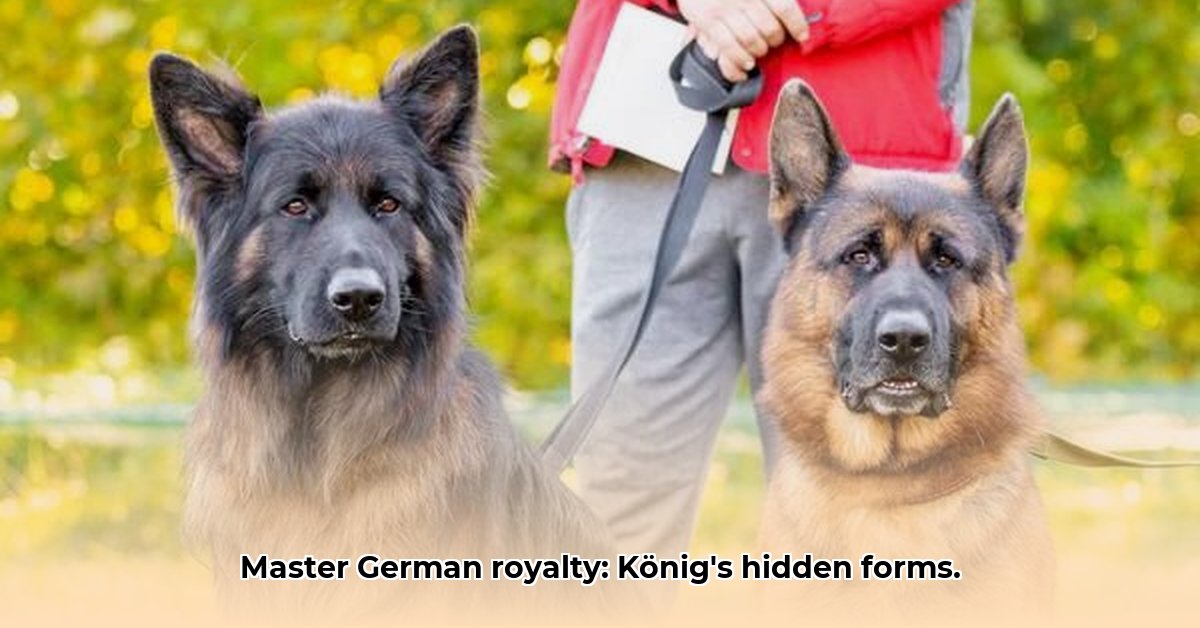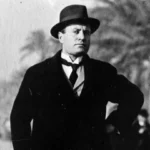Decoding the Regal Lexicon: More Than Just “König”
While König is the cornerstone of royal terminology in German, truly mastering its usage requires understanding its nuances and variations. This exploration delves into the spectrum of terms, from the formal König to the endearing Königchen and the versatile Monarch, illuminating their appropriate contexts and regional subtleties. For a comparison, see how “king” translates in French here.
König: The undisputed sovereign of German royal vocabulary. This formal term denotes a male monarch, reigning supreme in official pronouncements, historical texts, and respectful address. Think official decrees, historical biographies, or addressing royalty directly (“Ihre Majestät, König [King’s Name]”).
Königchen: A charming diminutive, Königchen translates to “little king.” This endearing term finds its place in informal settings, children’s stories, and playful conversations. It injects a touch of warmth and familiarity, perfect for bedtime stories or lighthearted banter.
Monarch: Stepping beyond gender confines, Monarch emphasizes the ruling aspect rather than lineage. This versatile term suits academic discussions, formal speeches, and situations where gender neutrality is paramount. Its usage reflects a modern sensibility, acknowledging rulers beyond traditional male kings.
Regional Variations: The German language, a vibrant tapestry woven from diverse dialects, boasts regional variations even for royalty. Kini, a colloquialism primarily heard in Austria, often refers to the iconic King Ludwig II of Bavaria. Switzerland, with its unique linguistic landscape, sometimes employs Chönig, mirroring the Swiss German pronunciation of König. Acknowledging these regional nuances demonstrates linguistic sensitivity and cultural awareness.
Navigating the Royal Landscape: A Contextual Guide
Choosing the correct royal term hinges on understanding the context, audience, and desired tone. This guide provides a roadmap for navigating the regal lexicon:
Context is Key: Formal settings demand the gravitas of König or the neutrality of Monarch. Informal occasions welcome the warmth of Königchen. Consider the setting: a historical documentary versus a children’s fairytale.
Audience Awareness: Tailoring language to the audience is paramount. Addressing academics? Monarch resonates with scholarly discourse. Speaking to children? Königchen sparks their imagination. Knowing the audience informs word choice.
Regional Sensitivity: When discussing specific German-speaking regions, acknowledging linguistic variations is crucial. Using Kini in Austria or Chönig in Switzerland demonstrates respect for local dialects. Accuracy reflects cultural understanding.
Figurative Flourishes: König aller Könige (King of all Kings) adds a dramatic flourish, but use it judiciously. Overuse dilutes its impact. Reserve it for moments of heightened significance.
Imagine crafting a historical document: König reigns supreme. Conversely, in a bedtime story, Königchen casts its gentle spell.
König: A Window into German History and Culture
König, more than just a word, embodies German history and culture. In formal correspondence, it ensures proper address for royalty. In historical narratives, it reveals evolving societal perceptions of power, from medieval chronicles to modern usage. The very way König is employed shapes our understanding of German royal history. Even Königchen, in its informality, offers insights into how people appropriated royal language.
The word’s historical journey wasn’t static. Events like German unification profoundly impacted its meaning and usage. How did König adapt? This evolution mirrors German history itself, reflecting societal shifts and linguistic transformations. Exploring these changes unveils a deeper understanding of the word’s cultural significance.
Consider the impact of the Holy Roman Empire on the term König. How did its dissolution affect the word’s meaning and usage within the newly formed German states? The rise of Prussia and its eventual dominance in German unification further shaped the perception of König. Did the word become associated with Prussian militarism or with a broader sense of German national identity?
Examining König through the lens of specific historical periods like the Weimar Republic or the post-World War II era reveals further nuances. Did the word retain its regal connotations, or did it take on new meanings in a Germany grappling with its past and forging a new future?
Delving into these historical contexts paints a richer picture of König, demonstrating its complex relationship with German identity, power dynamics, and cultural evolution.
- Unlocking Romans 13: A Practical Guide to Faith and Authority - June 15, 2025
- Revolutionize Ancient Preservation with Typical Ancient:A Detailed Review - June 15, 2025
- 185 lbs to kg: Precise Conversion Guide - June 15, 2025
















